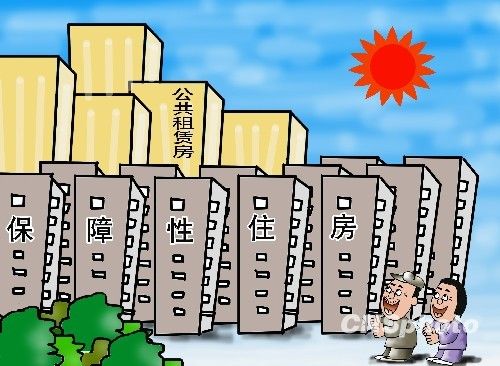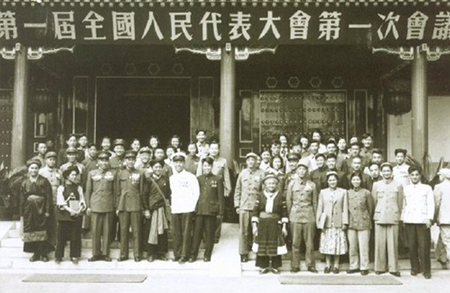Political Construction of New China
2 min readSince its foundation, New China has dedicated itself to building a political system that is suitable for practical conditions. The political system is comprisedof the people’s congress system with the principle of democratic centralism, multi-party cooperation and political consultation under the leadership of the CommunistParty of China (CPC), and the system of regional autonomy of ethnic minorities with ethnic groups as their own administrators.

According to the Constitution of the People’s Republic of China, the power of the nation belongs to the people. The National People’s Congress and the local people’s congresses at various levels are the organs through which people exercise state power. Local people’s congresses at various levels are constituted through democratic elections. They are responsible to the people and subject to their supervision. The National People’s Congress is the supreme organ of state power.I is entitled to amend the Constitution, enact laws, elect national leaders, approve national economic development plans and determine war and peace.

The system of multi-party cooperation and political negotiation under the leadership of the CPC is characteristic of modern China. The first constitution of New China formulated in 1954 stipulated the ruling party status of the CPC and the right of participation in the management of state affairs. In 1982, the CPC once again proposed its principle on democratic parties, namely “long-term coexistence, mutual supervision, sincere treatment of each other and the sharing of weal or woe.”The system of multi-party cooperation and political negotiation was further enhanced.
The system of regional autonomy of ethnic minorities is adapted to the basic national conditions of a unified multi-ethnic country.China has 56 ethnic groups,and Han people account for more than 90 percent of the gross population.Over the years,people from various ethnic groups have come to inhabit some areas together,and some ethnic groups are centralized in some areas.Regional autonomy of ethnicgroups is under the unified leadership of the state and aims at equality of each ethnic group and national unity.Regional autonomy is implemented in some areas inhabited by ethnic people,and autonomous governments are established to exercise the right to autonomy.At present,China has five provincial-level autonomous regions and more than 100 autonomous prefectures and counties.

Since the 1980s,China has intensified its policy of political reform and the reform of democracy and legal system.In 1999,the tenet of”governing the country according to law”was added to the Constitution,which was a milestone marking China’s entry into a new historical stage of building a law-based society.








